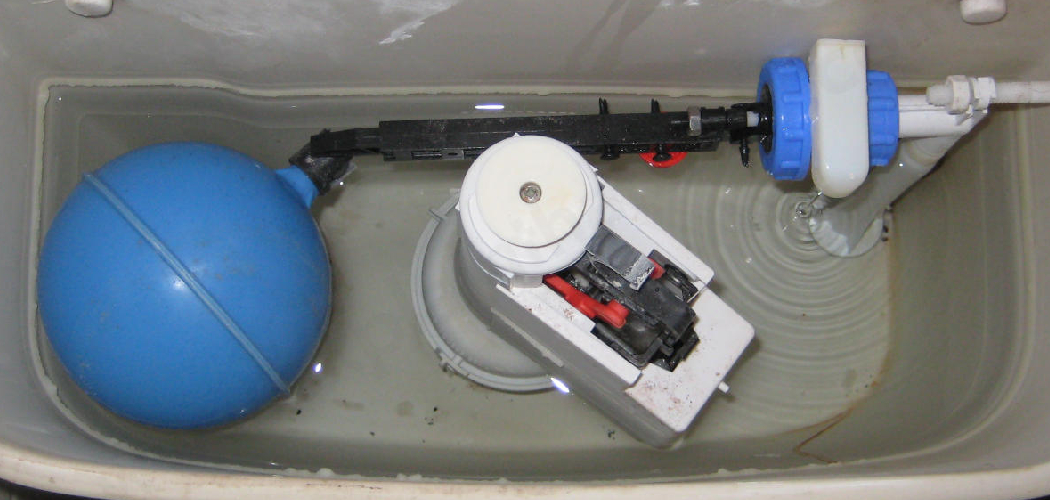We’ve all had that moment, the one where you step into a room to find the toilet randomly flushing by itself! It can be quite alarming and disruptive, but with the right knowledge, it doesn’t have to remain a mystery.
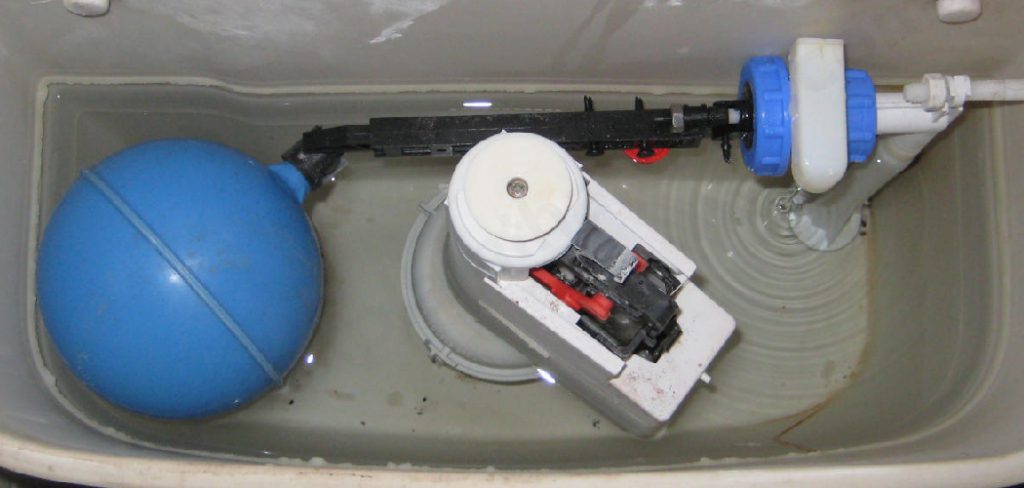
In this blog post, we will teach you how to detect and fix your ghostly toilet issue so that you know what to expect when it comes time to address it. Read on for tips on how do you fix a toilet that flushes by itself as well as some hands-on advice for restoring order in the bathroom!
What Causes Toilet to Flush by Itself?
The first step to fixing a toilet that flushes by itself is to figure out the cause of the issue. The most common culprits are either a worn-out fill valve or the float ball isn’t set correctly. Other possibilities could be a faulty flapper, an obstruction in the pipe system, or even too much pressure from your water supply.
Inspecting the valve and flapper first will generally give you a good indication of what’s wrong with your toilet. Take a look at how they are fitted in the tank and check for any signs of corrosion or damage. If they appear to be in good condition, then move on to inspecting the float ball.
Required Tools
Once you’ve identified the issue, you can move on to repairing the toilet. Depending on the cause of the problem, you may need some additional tools such as a wrench or pliers. For more involved repairs, it might be wise to get professional help from your local plumbing contractor.
Can You Do It Yourself?
If you think the issue is a simple one, then you can generally tackle it yourself. It will be helpful to have an understanding of the parts you will be working with, and it’s best to read up on your toilet’s particular model for instructions that are specific to it.
If you do decide to tackle a repair job yourself, make sure you turn off the water supply before making any adjustments. This is important for safety, and it will also help you avoid wasting any water or flooding.
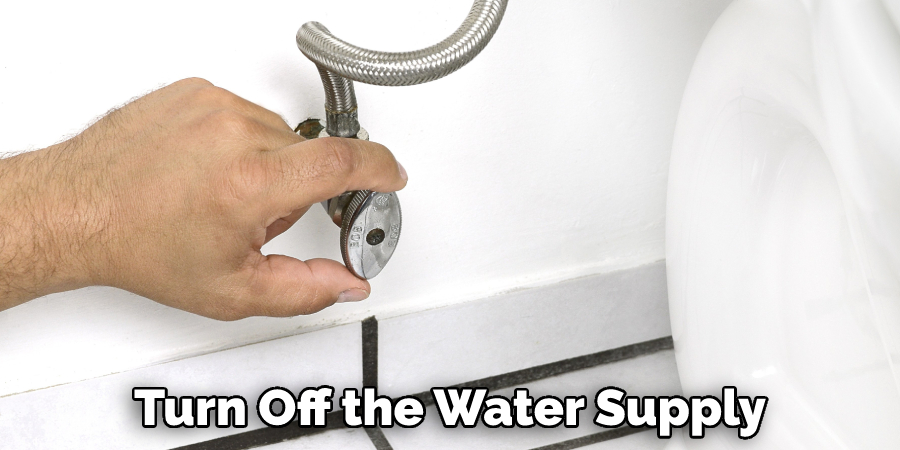
Things to Consider Before Starting
Before you start tinkering with your toilet, it’s important to remember that there are certain scenarios where fixing the issue yourself may not be possible. If you are dealing with a faulty flapper or float ball, then it might be more cost-effective to replace them altogether instead of trying to repair them.
It’s also a good idea to double-check and make sure the water supply isn’t exceeding the recommended pressure before you start making any adjustments. Excessive pressure can cause problems with your toilet, so it’s best to call a professional if you think this could be an issue.
10 Instructions on How Do You Fix a Toilet That Flushes by Itself
1. Check the Flapper
Check the flapper. The flapper, which is located at the bottom of the tank, can become worn or warped and no longer make a proper seal on the flush valve. If this is the case, replace it with a new one.
2. Check the Water Level in the Tank
Check the water level in the tank. If it is too high, adjust it. The water level should be 1/2 to 2 inches below the top of the overflow pipe.
3. Clean Out the Tank
Clean out the tank, including all parts like the flapper, flush valve, and overflow tube. Remove any debris that might be clogging these parts and preventing them from working properly. The tank should be cleaned thoroughly with a scrub brush or an old toothbrush.
4. Check the Chain
Check the chain that connects from the flapper to the flush handle. Make sure it is not tangled, stretched out, kinked, or blocked by any debris. If it is, adjust it so that there is about 1/2 inch of slack when the flapper is down.
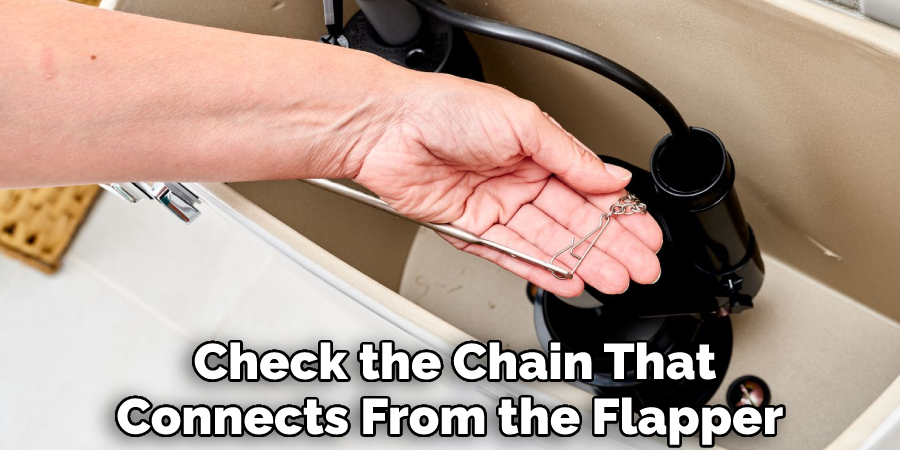
5. Replace or Repair the Flush Handle
If you find that the flush handle is not functioning correctly, either replace it or repair it. If replacing it, make sure to get one that fits your toilet tank’s size and shape exactly. The flush handle should move up and down smoothly without any obstructions.
6. Check the Flush Valve Seal
Check the flush valve seal at the bottom of the tank. If it is cracked, worn out, or warped, replace it with a new one that fits your toilet tank’s size and shape correctly. The seal should fit snugly and make a complete seal over the flush valve.
7. Check the Fill Valve
Check the fill valve in the tank. Make sure it is not blocked or leaking, as this could be causing the toilet to flush by itself. If you find that it needs to be replaced, get one that fits your toilet tank’s size and shape exactly.
8. Check the Float
Check the float in the tank. Make sure that it is not jammed or stuck, as this could cause the toilet to flush by itself. If you find that it needs to be replaced, get one that fits your toilet tank’s size and shape exactly.
9. Check the Gasket
Check the gasket between the toilet tank and bowl. Make sure that it is not leaking, as this could be causing the toilet to flush by itself. If it is worn out or cracked, replace it with a new one that fits your toilet tank’s size and shape correctly.
10. Check the Supply Line
Check the supply line from the wall to the toilet tank. Make sure that it is not blocked, kinked, or leaking. If you find any of these problems, replace them with a new one that fits your toilet tank’s size and shape exactly.
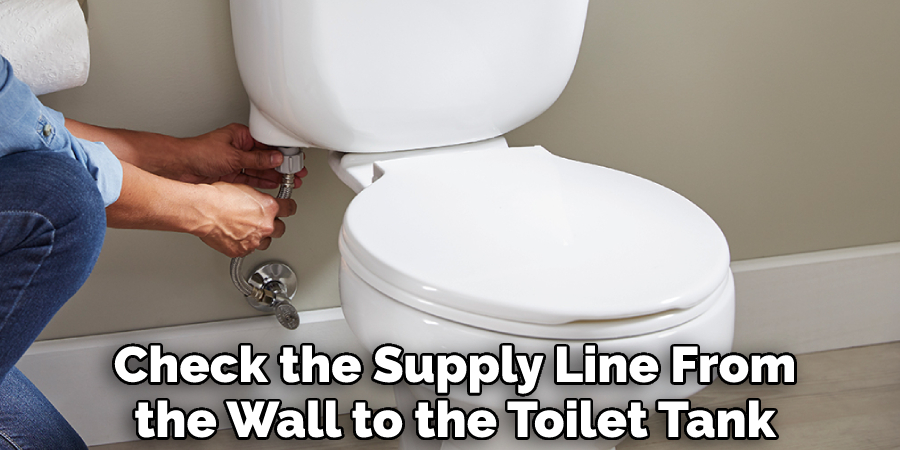
Following these steps should help you fix your toilet that flushes by itself. If the problem persists, it may be time to call a plumber for help.
8 Safety Measures to Follow
1. Before attempting any repairs to a toilet, it is essential to make sure that the water supply has been shut off. This can be done by turning off the stop valve located at the wall behind the toilet and flushing the toilet several times to empty out as much water from the tank as possible.
2. After ensuring that the water supply has been shut off, inspect the flush valve to see if it needs to be replaced. The flush valve is a round plastic disk located at the bottom of the toilet tank that can become worn out over time, allowing water to continue flowing into the bowl and causing flushing by itself issue.
3. If replacing the flush valve doesn’t fix the problem, check the toilet flapper. The flapper is a rubber disk located in the tank that seals off the opening when not in use and allows water to flow into the bowl when needed. If it’s worn out, replace it with one of equal size.
4. Inspect all other parts of the toilet for signs of deterioration or damage, such as a cracked tank lid or faulty fill valve. If any parts appear to be defective, replace them with new ones.
5. Ensure that the toilet handle is properly connected to the flushing mechanism by checking for any loose connections and tightening them if necessary.
6. Make sure that nothing is blocking the flush system from working properly by clearing away any debris from the toilet bowl and tank.
7. Examine the water supply line for any leaks or blockages, and replace or repair it as necessary if either of these issues is present.
8. Finally, check to see if the problem has been resolved after completing all of the above steps. If not, contact a plumber to help identify and fix the issue.
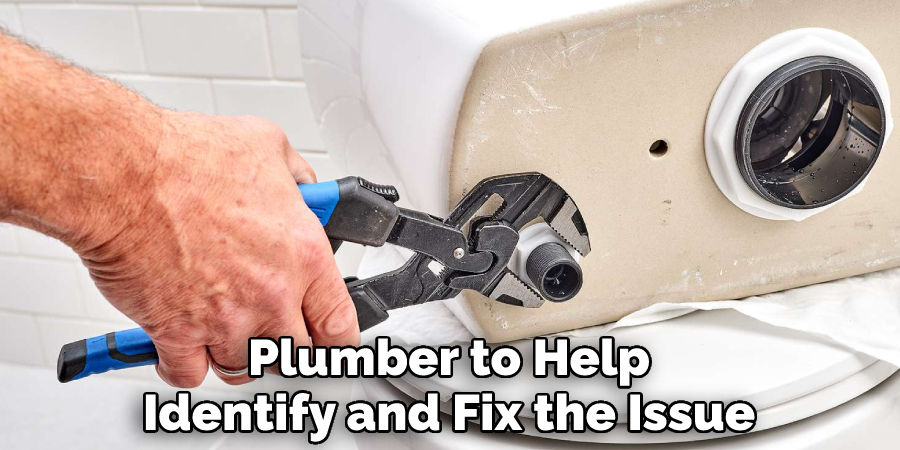
Most plumbing problems can be fixed with the proper tools and knowledge, but it’s important to take safety precautions when attempting any type of repair. By following these steps, you can avoid potential injury or damage to your toilet and ensure that it will flush properly.
Conclusion
With a few steps on how do you fix a toilet that flushes by itself, you can fix a toilet that flushes by itself in no time. After locating and clearing the clog, you should clean out the overflow tube and flapper valve. To prevent future problems from occurring, make sure to keep up with repairs and necessary maintenance for your toilet. It’s crucial to use a high-quality toilet plunger or an auger for especially tough stoppages or clogs.
Additionally, keep an eye out for signs of wear and tear on parts like chain links or flush valves so that you can change them out when needed. The better care you take of your toilet, the longer it will last and function properly. Taking the extra time to give it some attention every once in a while can save you lots of money down the road when repairs become more necessary due to neglect. That being said, if you run into any other issues with your toilet flushing on its own, it might be best to contact a plumbing professional for advice and help.

